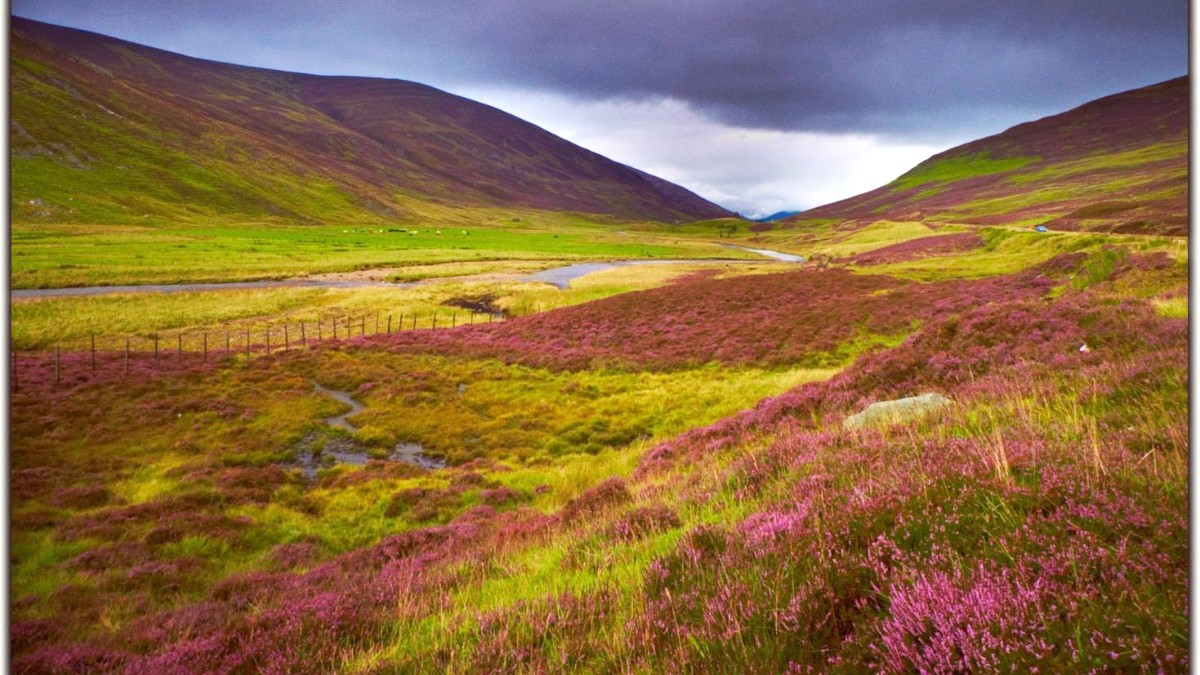
Highlands And Northern Islands, Scotland
These sites represent the unique beauty and history of the Outer Hebrides. Many have a profound presence.
The Callanish Standing Stones, Luskentyre Beach, Butt of Lewis Lighthouse, and Kisimul Castle are central to the islands' appeal. Each location possesses its own story and visual impact. Plan visits to capture these distinctive places.
These locations showcase the diverse natural and historical beauty of the Outer Hebrides.
A remarkably well-preserved Iron Age drystone broch (roundhouse tower). Free access.
A preserved village of traditional blackhouses. Some are restored; one offers hostel accommodation. An entry fee applies for the museum part.
A Historic Scotland property. It allows a detailed look inside a preserved traditional blackhouse, including its byre. An entry fee applies.
A well-preserved Neolithic chambered cairn. Free access.
Numerous smaller, less-visited sites are scattered across the islands, offering a quiet connection to ancient history.
The Outer Hebrides feature some of Scotland's most stunning natural landscapes, from pristine beaches to rugged moorlands.
Beyond Luskentyre, discover white sand beaches like Seilebost, Horgabost (Harris), Tolsta Beach (Lewis), Traigh Iar (North Uist), and Vatersay Bay. These beaches are ideal for walks, photography, and solitude.
Experience dramatic cliffs around the Butt of Lewis and the wild west coast of Harris. These locations hold powerful views of the Atlantic.
Vast, wild landscapes of peat bogs, heather, and countless small lochs blanket all islands, specifically central Lewis and the Uists. These areas are perfect for quiet walks.
Visit Balranald RSPB Reserve (North Uist) for birdwatching, including the rare corncrake. Loch Druidibeg (South Uist) holds importance for mute swans. These reserves present excellent opportunities for wildlife observation.
The 'Golden Road' on Harris's east coast features a lunar-like landscape of rock and lochs, a result of glaciation and ancient geology. It presents a contrast to the west coast beaches.
Most natural attractions have free access, making them accessible to all visitors.
A beautiful beach on Great Bernera, featuring a reconstructed Iron Age house uncovered by storms. This site combines natural beauty with historical discovery.
A picturesque island connected to Harris by bridge. Scalpay features quiet, scenic walks, including a path to the Eilean Glas Lighthouse. It allows a peaceful escape.
A truly unique attraction. Witness planes landing directly on the beach at low tide. Check flight schedules for this special experience.
Discover more less-known but equally rewarding locations on the islands.
Always verify opening hours and access information before traveling.
Many sites are outdoors and freely accessible, but visitor centers or managed historical sites may have specific hours and entry fees. Check ferry schedules for inter-island travel.
Some natural attractions and historical sites involve uneven terrain or limited accessibility.
The Outer Hebrides weather can change rapidly. Dress in layers and be ready for all conditions.
The islands present incredible photographic opportunities. Plan your timing for the best light.
Adhere to the Scottish Outdoor Access Code. Protect the natural and historical sites.
Beyond the well-known sites, the Outer Hebrides hold numerous hidden gems that offer unique and memorable experiences. These less-visited locations often provide a sense of tranquility and discovery.
A small, independent whisky distillery on Lewis. It features tours and tastings, providing insight into traditional whisky making methods.
A remote and stunning beach on Lewis, famous as the discovery site of the ancient Lewis Chessmen. It presents a sense of history amidst natural beauty.
Seek out smaller, volunteer-run historical societies and museums that preserve local stories and artifacts, often offering personal insights.
Explore the extensive grounds of Lews Castle in Stornoway. Pathways through woodlands and along the coast are available.
Discover Walks on GetYourGuideNumerous small galleries and studios across the islands showcase local artists inspired by the Hebridean landscape and culture.
On South Uist, this RSPB reserve holds importance for its mute swan population and diverse wetland habitats. Ideal for quiet birdwatching.
Learn More on GetYourGuideSeek out charming local tea rooms in smaller villages for homemade baking and a warm welcome, often a hub for local life.
Beyond the famous spots, many smaller hills and roadside pull-offs present breathtaking panoramic views across the islands and sea.
Explore the ancient past with sites that mark millennia of human presence.
Discover secluded spots that showcase the raw, untamed beauty of the islands.
Engage with locals for insights into lesser-known paths and spots. Their guidance often reveals the true hidden gems.
Many community trust websites also feature local walking routes and points of interest.
Ensure a safe and accessible visit by understanding the conditions and preparing accordingly. The islands' rugged beauty means some areas require careful navigation.
Some attractions are located in remote areas with limited phone signal and facilities.
The coastlines, while beautiful, demand caution due to tides, slippery rocks, and sudden waves.
For walks and hikes, ensure you are well-prepared and equipped.
Inform someone of your route and expected return time. Check weather forecasts.
The islands are home to diverse wildlife. Observe from a distance.
Avoid disturbing nesting birds or marine animals. Keep a safe distance from any livestock, especially with young.
Know who to contact in an emergency. Remote areas mean help might be further away.
Carry a fully charged mobile phone. A power bank is advisable.
Purchase goods and services from local shops and producers to benefit the island communities directly.
Stick to marked paths, dispose of waste properly, and avoid disturbing fragile ecosystems like machair grasslands.
Be mindful of Sunday observance, which is traditional in many communities. Familiarize yourself with Gaelic terms.